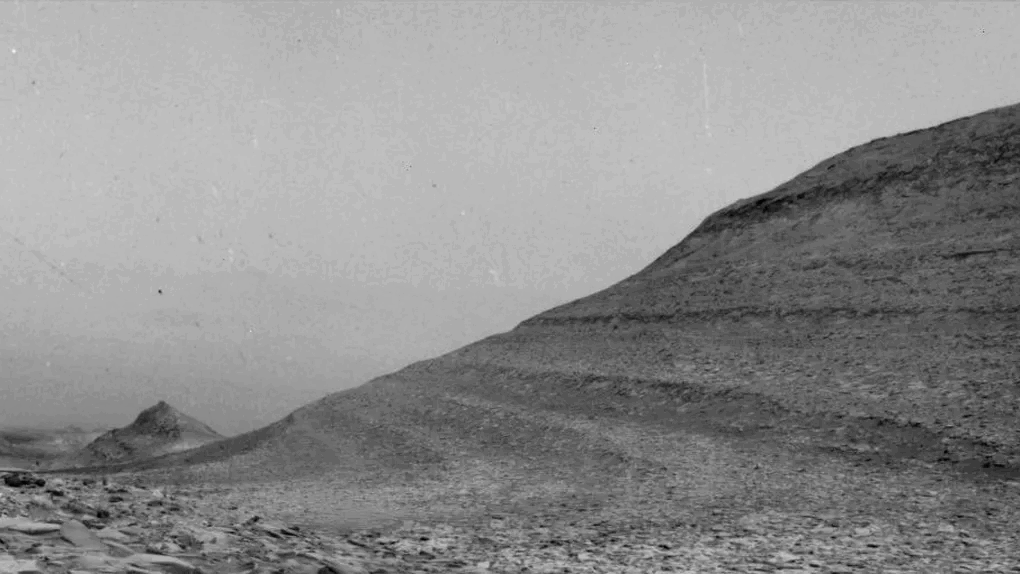Mars has been subjected to severe bombardments from the Sun. This process has been recorded by NASA’s scientific instruments on the surface of the Red Planet.
In recent weeks, the Sun has exhibited such intense activity that our Earth has continuously become a target, bombarded by radiation and particles emitted from plasma eruptions.

Mars being “bombarded” by charged particles during a solar storm (Image: NASA).
These storms can cause auroras and, more seriously, can cripple radio, navigation, or power grid systems in affected countries for several hours.
On May 20, a powerful energy burst occurred on the far side of the Sun, estimated at X12 level, making it one of the most intense solar events ever recorded.
However, Earth is not the only planet affected by this activity.
Even from a greater distance, Mars has also endured similar, and even stronger, bombardments due to its weaker magnetic field and atmosphere compared to Earth.
Recently, scientific instruments on NASA’s MAVEN (Mars Atmosphere and Volatile EvolutioN) spacecraft recorded effects similar to charged particle storms as multiple waves of particles struck the surface of Mars.

The Radiation Detector (RAD) on the Curiosity rover recorded the highest radiation levels on Mars that the mission has witnessed since landing in 2012 (Image: NASA).
The radiation detector on the Curiosity rover on Mars recorded a radiation increase of up to 8,100 micrograys—equivalent to a burst of 30 X-rays. This is the largest increase recorded by the spacecraft on Mars.
According to NASA, this measurement provides scientists with crucial data to accurately assess the radiation environment on the Red Planet. From this, they will develop specific strategies aimed at protecting astronauts from similar conditions.
Scientists also warn that we are entering the Sun’s most active phase. This means that there will be more storms in the coming months.

















































